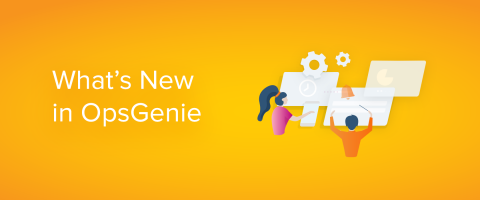Four Ways to Adapt ITSM to an Agile World
The transition to Agile development and continuous deployment has resulted in the DevOps movement to break down organizational walls. While there are many benefits to this approach, some best practices of traditional IT Service Management (ITSM) have been lost in the transition. Which ITSM processes and controls are still relevant and how can you adapt them to the new agile world?










